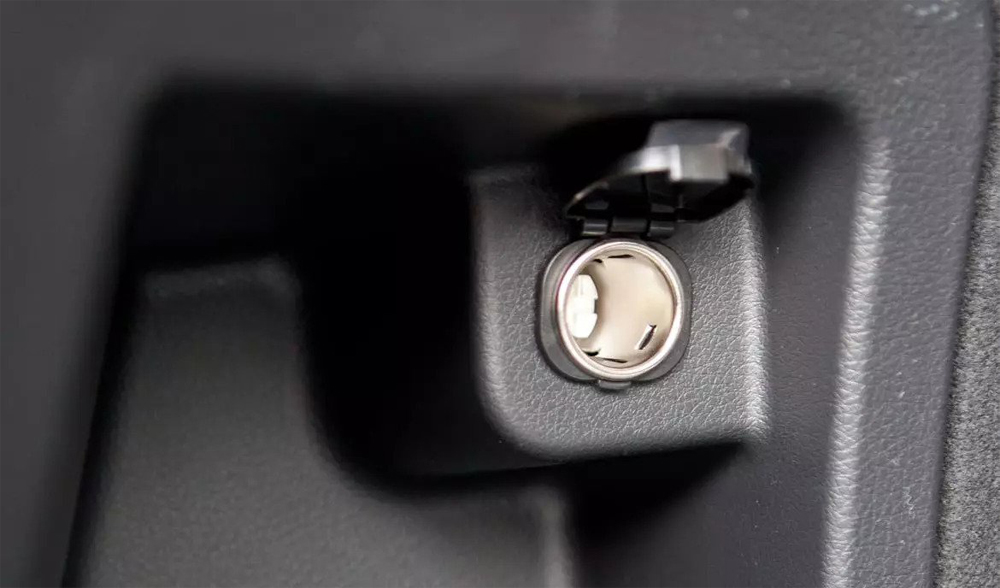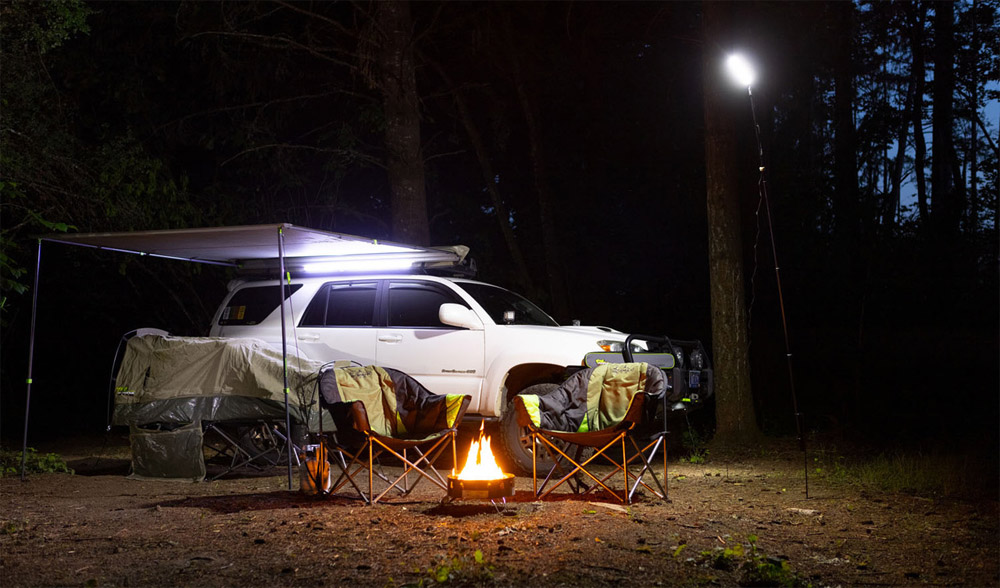An Essential Travel Companion
We are surrounded by a multitude of electricity-driven devices that enhance our lives, offering convenience and comfort. In the realm of smart homes, which are equipped with cutting-edge automation, we rely on induction cookers for convenient cooking, electric heaters for warmth, and frequently engage in entertainment through internet-connected TVs and computers. It is unimaginable to envision a life without these indispensable technologies.
However, what happens when we embark on a camping trip, take a boat excursion, or go tent camping? How do we maintain the everyday conveniences that come with electricity? Are we forced to seek out shopping malls to charge our phones and use computers? Fortunately, the answer is no. A compact device connected to our vehicle is all we need to power essential appliances like a coffee machine, laptop, or hairdryer. We’re referring to a DC-AC power inverter, which provides a convenient solution.

How It Works
The aforementioned everyday electrical appliances require 230V AC power to function effectively. Passenger cars come equipped with 12V DC batteries, while trucks are equipped with 24V batteries. To utilize the vehicle’s electricity, a DC to AC power inverter is connected either to the car’s cigarette lighter or directly to the battery. A car power inverter converts the battery’s DC current into the appropriate AC voltage. It’s important to note that the car’s lighter socket typically has a 10A fuse, allowing us to connect devices with a maximum power rating of 100-120W. For devices with higher power consumption, a car power inverter should be connected directly to the battery.
Construction and Types
DC-AC power inverters are compact and convenient devices that won’t add unnecessary bulk to our vacation-packed vehicle. The carefully chosen dimensions of these devices enable them to be easily placed between the seats, ensuring accessibility to the sockets from any position. Typically, car power inverters come in the form of rectangular or cylindrical boxes, equipped with one or more electrical sockets, and are connected to the vehicle through cables. High-quality inverters are equipped with safety features such as short-circuit protection, overload protection, and over-temperature protection, ensuring their safe usage. There are two primary types of car power inverters available.
Pure sine wave car power inverters are specifically designed for devices that require a consistent and uninterrupted power supply. When it comes to camping, such an inverter would be necessary to operate appliances like a refrigerator or air conditioner. The sinusoidal voltage waveform produced by a pure sine wave inverter ensures a smooth and interference-free experience while watching TV or running a pump. Additionally, it is suitable for powering various power tools. However, it’s worth noting that the wider range of applications covered by a pure sine wave DC-AC power inverter often comes with a higher price tag for the device.
Modified sine wave inverters, while not providing an exact replica of a sine wave, can still effectively power certain devices. However, they are not suitable for powering induction devices or devices equipped with electric motors. Despite this limitation, modified sine wave inverters can successfully power laptops and electric heaters. This type of car power inverter can fulfill the most essential needs during a holiday trip at a relatively affordable price.

Parameters that Should be Paid Attention To
To ensure the selection of an appropriate car power inverter that meets our specific requirements, it is essential to become acquainted with the fundamental technical parameters of the device. This knowledge is crucial for ensuring the safe operation of the equipment and guaranteeing an adequate power supply.
- Power – Each inverter unit is characterized by its rated power and maximum power capacity (e.g., 600W/1000W). The rated power denotes the continuous output power that the inverter can consistently provide over an extended period of time. It is generally recommended to utilize only about 85% of this power for prolonged operation. On the other hand, the maximum power value represents the instantaneous output power, which lasts for less than a second. This allows for higher power consumption during device startup or other brief high-demand scenarios. It is crucial to select a DC-AC power inverter that aligns with the user’s specific needs. An oversized car power inverter can lead to a faster discharge of the car battery, so it is important to consider the power requirements carefully;
- Cooling – when dealing with high-powered devices, a reliable cooling system becomes a crucial element of a car power inverter. An efficient cooling system, typically equipped with a fan, plays a vital role in preventing the unit from overheating. This ensures the safe and optimal operation of the inverter during prolonged usage and under demanding conditions;
- Number of sockets – the most common setting is one or two electrical sockets;
- Size – a suitable dimension enables it to be conveniently accommodated with the limited space of a car;
- Necessary protections, e.g., over temperature or short circuit protections will ensure the secure operation of the device and provide protection for the other equipment.
A notable feature found in modern DC-AC power inverters is the auto-restart function. This feature is activated in response to overload protection triggers or unexpected voltage drops. It is designed to automatically restart the inverter and connected appliances. This is particularly useful as users may not be aware of the device’s automatic shutdown, potentially leading to a delay in restarting essential appliances like defrosting a fridge. The auto-restart function ensures that critical operations resume promptly without requiring manual intervention.

Summary
Choosing the right DC-AC power inverter should be based on the actual needs of the user. If the purpose is to power a laptop, an economically viable option would be a modified sine wave inverter. However, if the intention is to power household appliances, it becomes necessary to invest in a car power inverter capable of generating a pure sine wave. It is crucial to ensure that the inverter has sufficient power to meet the expected power consumption while also ensuring comfortable and safe usage. Therefore, when selecting a car power inverter, it is advisable to consider the specific devices it can effectively power.
Please visit Power1986 to learn about our range of DC-AC Power Inverters. They have different power settings that can meet your requirement for power when you are driving outside.
